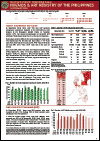What's New
Displaying results 881 - 890 of 4052
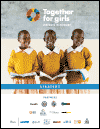
Resource | Publications,
The Together for Girls’ Strategy outlines our three-pronged model to address violence against children and youth. The document not only provides background about the partnership’s growth and achievements over the past ten years, but also serves as a road map to guide the years to come.
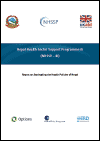
Resource | Publications,
With the promulgation of the constitution in 2015, Nepal became a federal democratic republic nation. The federal, provincial, and local government have also been already formed and have been functioning as per the constitutional mandate. The organisational reform process is ongoing and further changes and adjustments are needed in various sectors to execute functions as per the constitutional provisions. In this way, the existing policies in the health sector have been reviewed to guide development of health related policies in the changed context. This report critically examines the health related existing policies and their relevancy in future in the federal context.

Resource | Fact Sheets,
The first case of HIV infection in Hong Kong was reported in 1984. As of 2017, the Department of Health has received a cumulative total of 9,091 reports of HIV infection and 1,857 AIDS cases under the voluntary and anonymous HIV/AIDS reporting system. The number of HIV reports in 2017 was 681, 2% decrease compared to the 692 cases in 2016. People infected with HIV progress to AIDS when they suffer from clinical complications of severe immunodeficiency due to HIV. In 2017, 91 AIDS reports were received. The most common illnesses presenting at AIDS were Pneumocystis pneumonia and tuberculosis.
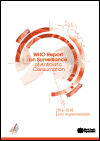
Resource | Publications,
This report presents 2015 data on the consumption of systemic antibiotics from 65 countries and areas, contributing to our understanding of how antibiotics are used in these countries. In addition, the report documents early efforts of the World Health Organization (WHO) and participating countries to monitor antimicrobial consumption, describes the WHO global methodology for data collection, and highlights the challenges and future steps in monitoring antimicrobial consumption.
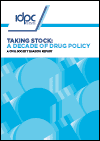
Resource | Publications,
‘Taking stock: A decade of drug policy’ evaluates the impacts of drug policies implemented across the world over the past decade, using data from the United Nations (UN), complemented with peer-reviewed academic research and grey literature reports from civil society. The important role of civil society in the design, implementation, monitoring and evaluation of global drug policies is recognised in the 2009 Political Declaration and Plan of Action on drugs, as well as in the Outcome Document of the 2016 United Nations General Assembly Special Session (UNGASS) on drugs. It is in this spirit that the International Drug Policy Consortium (IDPC) has produced this Shadow Report, to contribute constructively to high-level discussions on the next decade in global drug policy.

Resource | Publications,
Unfortunately, pregnant women who use drugs face highly stigmatizing and inaccurate perceptions from both health care providers and the public at large, negatively impacting the quality of their care and supportive services. This publication seeks to move beyond the myths and anxieties about drug use during pregnancy to recommend simple approaches to benefit and protect the health of both pregnant women and newborns.
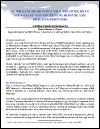
Resource | Publications,
In 2009, the United Nations Office of Drug and Crime (UNODC) produced a report assessing one hundred years of drug control since the 1909 Shanghai Opium Commission. The report identified and recognized the negative ‘unintended consequences’ of drug control policies: the creation of a criminal black market; the shift of policy focus from public health to law enforcement; enforcement in one geographical area resulted to diversion of illicit drug production to other areas; pressure on one type of drug led to the promotion of the use of other alternative drugs; and, the marginalization of and stigmatization against persons who use drugs.
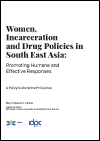
Resource | Publications,
In 2009, the United Nations Office of Drug and Crime (UNODC) produced a report assessing one hundred years of drug control since the 1909 Shanghai Opium Commission. The report identified and recognized the negative ‘unintended consequences’ of drug control policies: the creation of a criminal black market; the shift of policy focus from public health to law enforcement; enforcement in one geographical area resulted to diversion of illicit drug production to other areas; pressure on one type of drug led to the promotion of the use of other alternative drugs; and, the marginalization of and stigmatization against persons who use drugs.
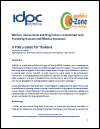
Resource | Publications,
In 2009, the United Nations Office of Drug and Crime (UNODC) produced a report assessing one hundred years of drug control since the 1909 Shanghai Opium Commission. The report identified and recognized the negative ‘unintended consequences’ of drug control policies: the creation of a criminal black market; the shift of policy focus from public health to law enforcement; enforcement in one geographical area resulted to diversion of illicit drug production to other areas; pressure on one type of drug led to the promotion of the use of other alternative drugs; and, the marginalization of and stigmatization against persons who use drugs.






